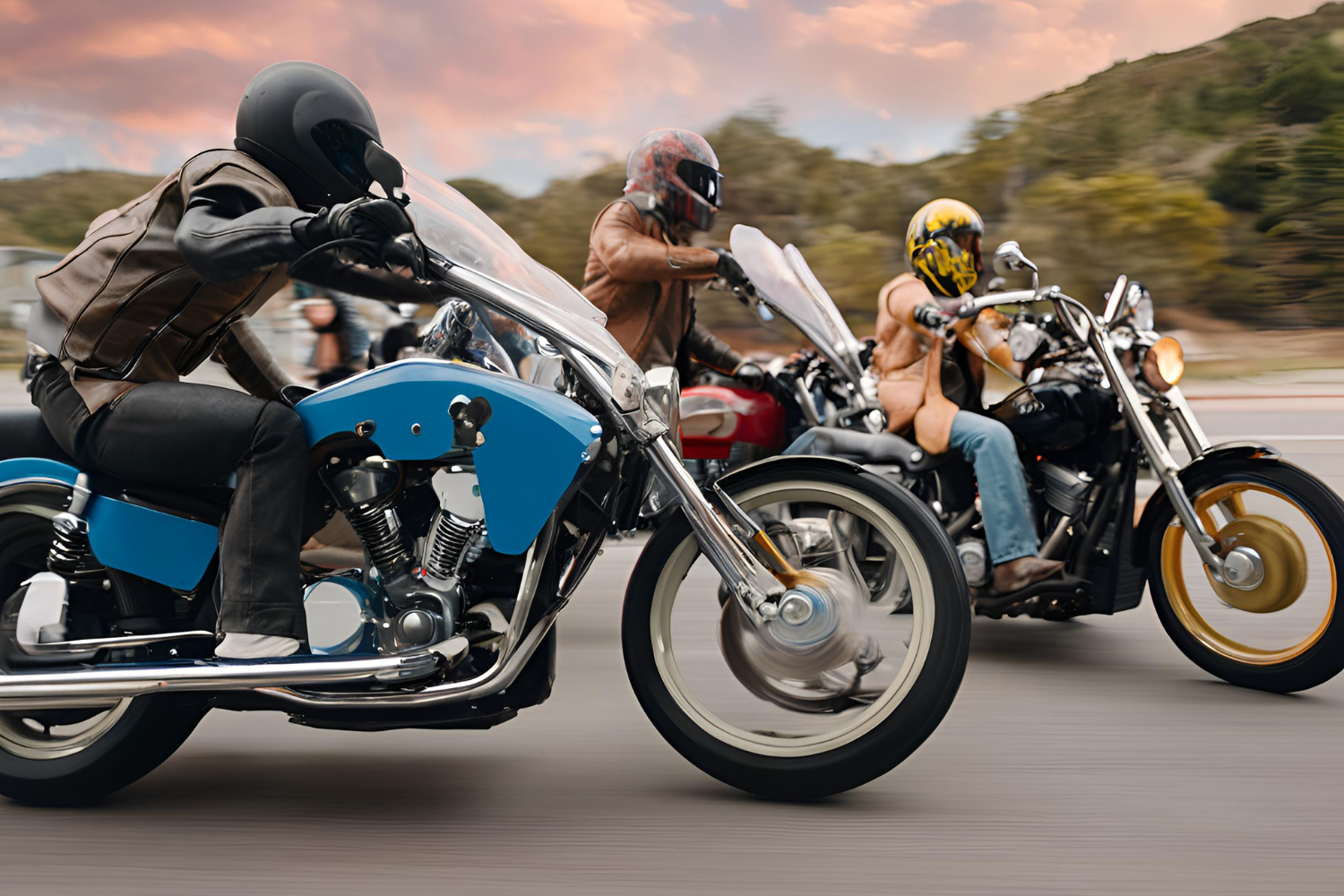
The Origins of Motorcycle Club Patches and Their Secret Meanings
Motorcycle clubs aren’t just about the bikes—they’re about family, loyalty, and identity. Patches are a big part of that identity, serving as badges of honor and symbols that tell a club’s story. Here’s a look at how these patches came to be and why they mean so much to the biker community.
The “1%” Patch
The “1%” patch has a deep-rooted history. In the 1950s, the American Motorcycle Association stated that “99% of motorcyclists are law-abiding citizens.” Outlaw biker clubs quickly claimed the 1% label as their own, representing the rebels and free spirits who didn’t conform to society’s rules. The diamond-shaped “1%” patch, often displayed on the left side of the vest, is worn proudly by those who live life on their terms.
MC Colors and Logos
The “colors” are the heart of any motorcycle club’s identity. Displayed on the back of a vest, they consist of three parts: the top rocker (club name), the center patch (club logo), and the bottom rocker (location). These elements tell people where a member’s allegiance lies and where they call home. The center patch is usually the club’s unique symbol, from winged skulls to flaming swords, each one carefully chosen to represent the club’s values.
Rider Ranks and Titles
Some clubs have patches that indicate rank within the club, from “President” to “Enforcer.” These patches not only establish a chain of command but also reinforce the bond of loyalty within the club. Members often earn these ranks through years of dedication, making each title a badge of hard-earned respect.
Motorcycle patches are more than fabric; they’re history, pride, and a powerful statement of belonging. They embody a legacy that each club member helps to uphold, one patch at a time.


